F1 Singapore, Albon and Sainz disqualified from qualifying
The F1 Singapore qualifying session delivered mixed emotions. On one hand, a revived Mercedes with George Russell taking pole position and Kimi Antonelli securing a strong fourth place; on the other, bad news for Williams. The British team’s drivers, Albon and Sainz, had qualified 12th and 13th respectively, but both were disqualified at the end of the session.
Technical inspections by the stewards revealed an irregularity on the FW47. Neither car passed the DRS slot gap checks, which measure the maximum allowed distance between elements of the rear wing when the Drag Reduction System is activated. Despite Williams’ internal checks showing no issues, the FIA’s ruling was clear and final, resulting in the disqualification of both cars.
As a result, Albon and Sainz will be forced to start from the back of the grid. Or alternatively, from the pit lane, making tomorrow’s race a tough challenge for the British team.
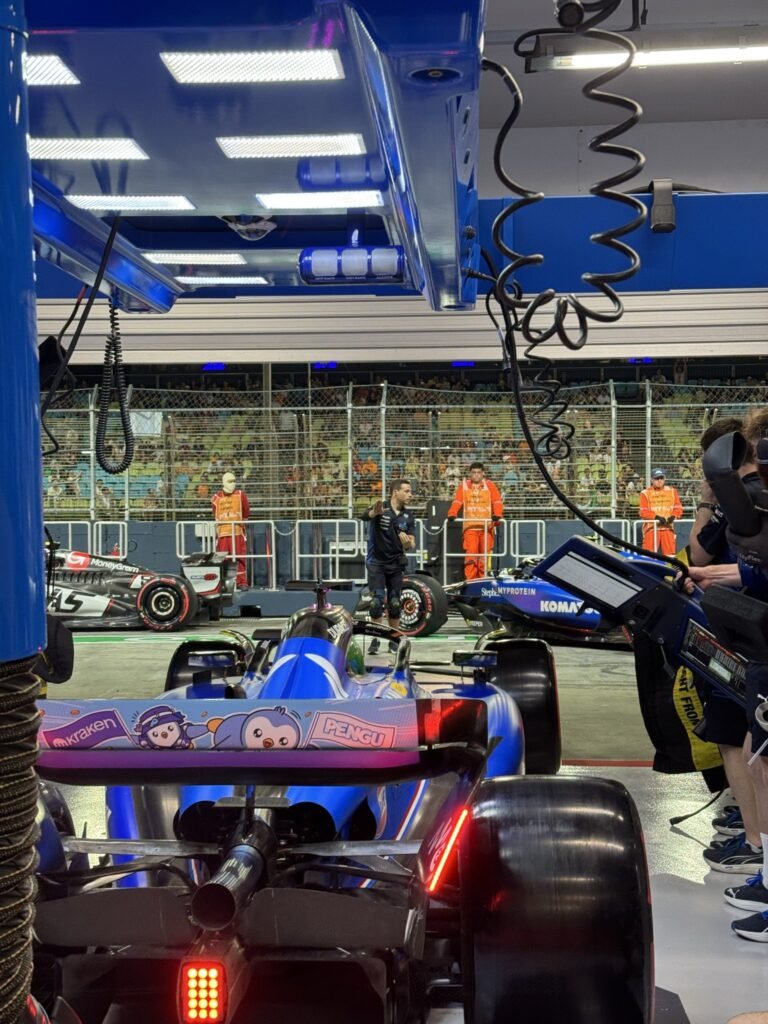
Williams TEAM STATEMENT after F1 Singapore qualifying
During FIA scrutineering after qualifying, the rear wings on both our cars failed DRS slot gap checks. As a result, Alex and Carlos have been disqualified from qualifying for tomorrow’s Singapore Grand Prix. This is bitterly disappointing for the team and we are urgently investigating how this happened.
At no point were we seeking a performance advantage and the rear wings had passed our own checks earlier in the day, but there is only one measurement that matters and we fully accept the FIA ruling.
We have a car capable of scoring points here this weekend and will do everything we can to fight from the back of the grid tomorrow, and will immediately review our processes to make sure this doesn’t happen again.
DRS and FIA Standards: When Precision Makes the Difference
Despite Williams’ internal checks showing compliant results, the FIA’s official measurements detected a DRS gap exceeding the allowed 85 mm. The gap between the rear wing elements in DRS mode directly affects the car’s top speed: a larger gap can reduce aerodynamic drag, increasing straight-line speed. Using advanced measurement tools, the FIA ensures that all teams adhere to the same standards, making the inspections rigorous, impartial, and final.



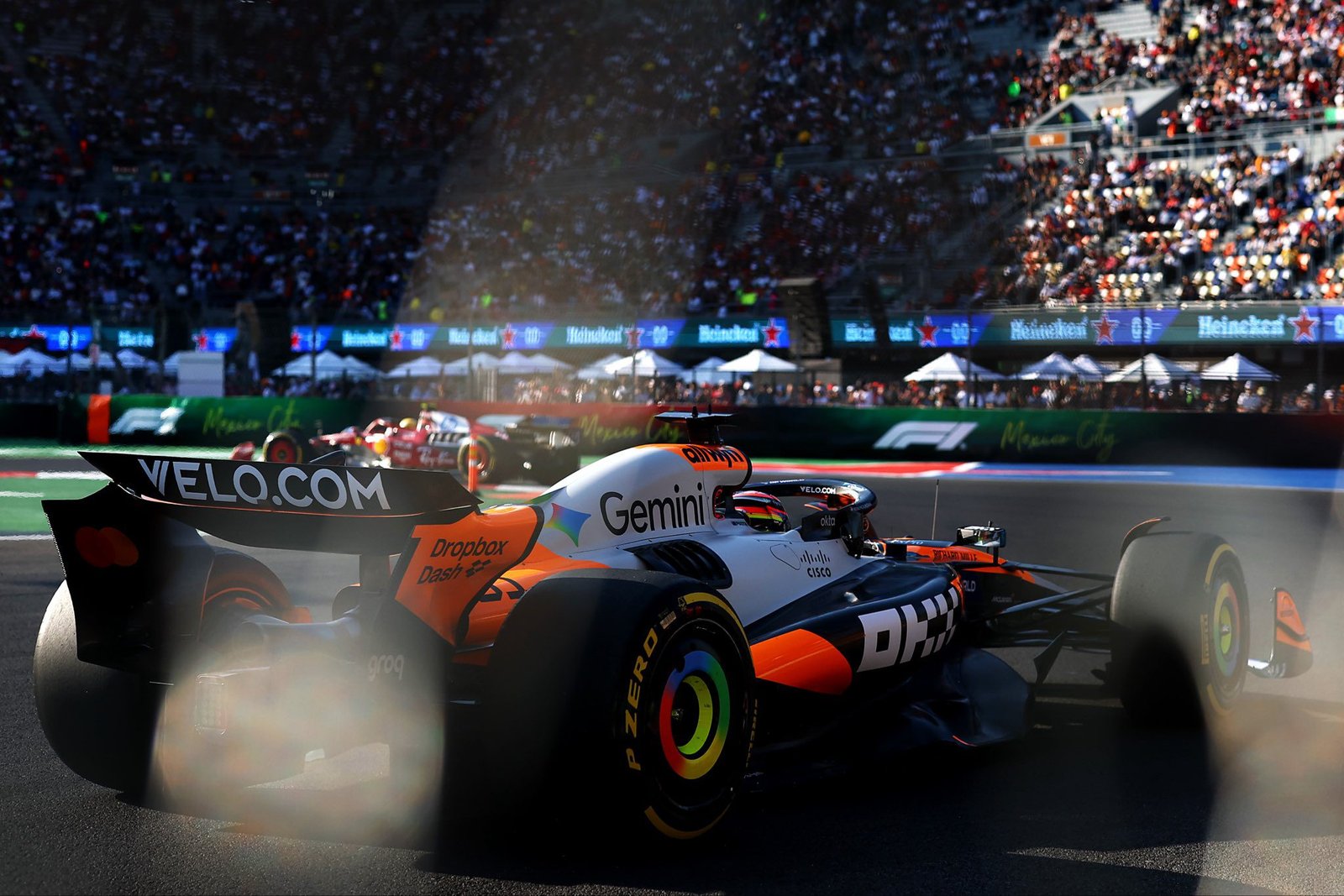
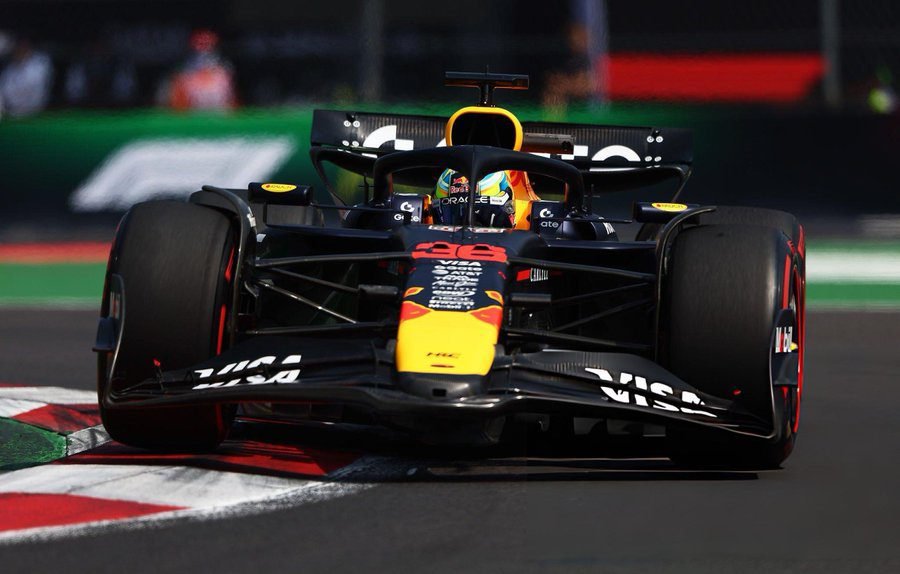

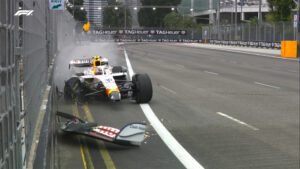
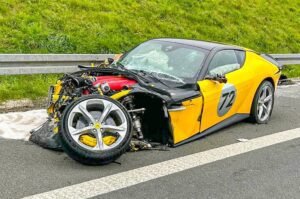


Post Comment